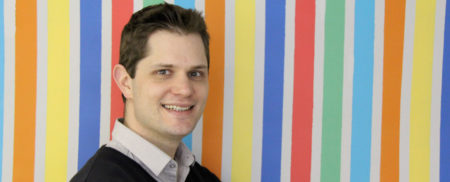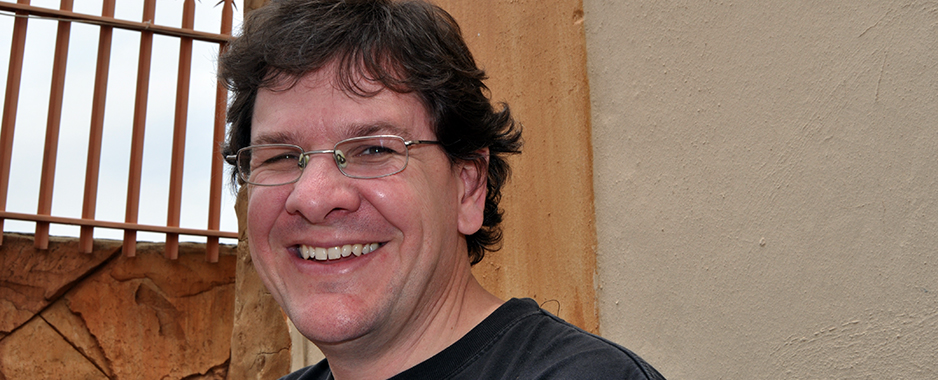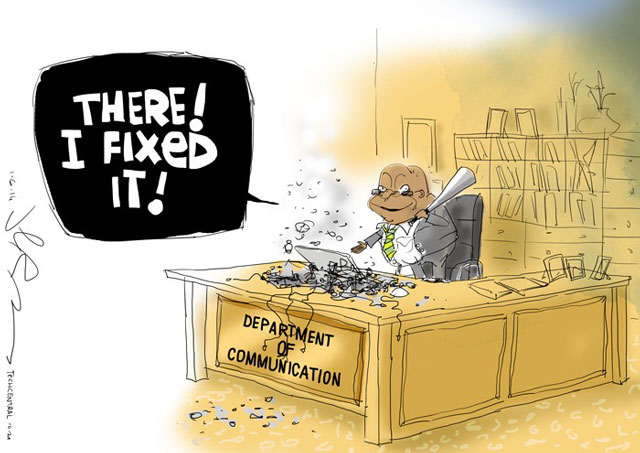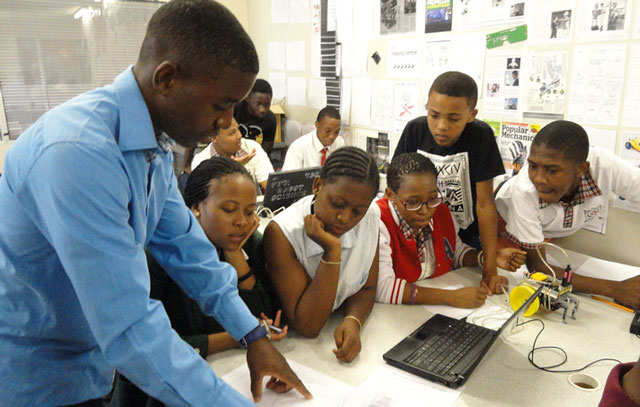
This year marks the 30th anniversary of the release of the first Back to the Future movie and one can’t help but feel a bit like Marty McFly when speaking to an animated Michael Ettershank, the “Doc” at Robotscience, a training facility at the University of Johannesburg’s TechnoLab.
While there are no DeLoreans lying around, there are quite a few Wall-E-type robots and a host of other electronic paraphernalia for building them.
Ettershank says his fascination with electronics began in his youth, when he built his first transistor radio back in 1981. His career followed an eclectic path from photographer (he shot the photos for the BMW Z3 launch in 1997) to working in the US for a software company managing the Y2K date changeover.
He moved back to South Africa in 2000 after he realised he was “not American and more African” and worked for an educational software company owned by Naspers, and as a multimedia editor for Business Day, all the while feeding his knowledge of robots.
He also volunteered at Kids Haven, a shelter for homeless children in Benoni, teaching them electronics.
“About 10 years ago, I imported a Parallax Boe-Bot robot and created a clone using local parts to reduce costs. In my part time I started teaching teenagers to use electronics to create robots.”
In 2012, he ran a pilot robotics programme at the Gauteng department of education’s Sci-Bono Science Discovery Centre in Newtown, Johannesburg. One of his protégés from that initiative, David Banda, helps him teach other youngsters the basics of robotics.
Ettershank received a grant from the Shuttleworth Foundation in late 2013 and joined the University of Johannesburg’s TechnoLab last year.
Since then, he has trained many young people from Soweto and underprivileged communities.
The mission of the TechnoLab is to go to high schools and get young people excited about careers in engineering and technology, he says. The lab forms part of the faculty of engineering and the built environment at the University of Johannesburg.
Ettershank says the facility runs a number of programmes, including a bridging programme for teenagers before they become full-time students.
However, the primary focus is on teenagers. They target children in grades eight to 12.
“We focus on the future prospects to come and study engineering and get them interested in engineering, technology and science,” he explains. The facility offers an introduction to robotics course that consists of 20 two-hour sessions that take youngsters through the steps of building a working robot.
They work with the P1X8 Robot Kit from Mantech Electronics. Those that can afford it pay a fee of R4 850 for the kit. Children from disadvantaged communities receive sponsorships to complete the course.
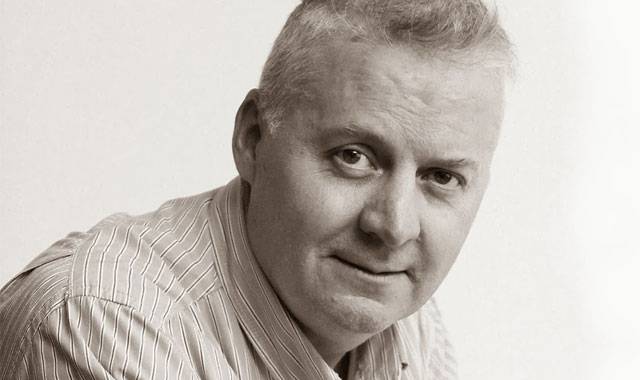
Classes are held on Saturday mornings and on Tuesday and Wednesday afternoons. There are even classes for interested adults on Thursday evenings.
“We even go to schools if they can put together a group of 10 or more pupils,” says Ettershank.
The cost works out to the same as going for guitar lessons, except with guitar, “you’ll have only a one in a million shot of making it big”, he says. “With robotics you can carve out your own career, from the time you’re a teenager.”
Ettershank and his team also offer a number of self-made instructional videos on YouTube. The facility is involved in other initiatives, including the university’s CO2 Dragster Challenge, which teaches teenagers to develop rocket-propelled cars. They also offer holiday classes for younger children.
The skills acquired include programming, systematic thinking and problem solving. Ettershank says youngsters learn about electronics — transistors, resistors and micro-controllers.
“We want young people to come and build their own circuits and build their own inventions. We want the next Elon Musk to come out of this process.” — © 2015 NewsCentral Media


